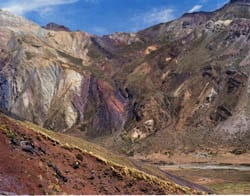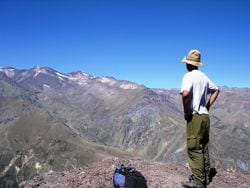Time and “Land Mammal Ages”
You can’t talk about fossils without talking about time, and mammalian paleontologists (also known as paleomammalogists) generally have two different ways to talk about how long ago an animal lived. The first way is to discuss age in terms of absolute time: saying a fossil is 25 million years old, for instance. The only way to […]















